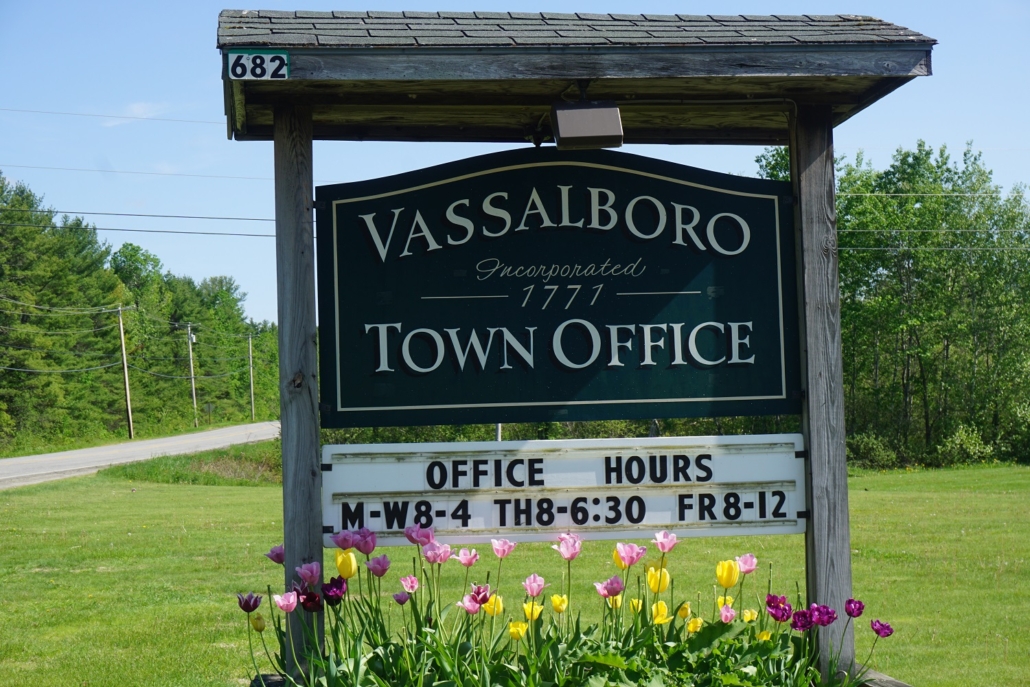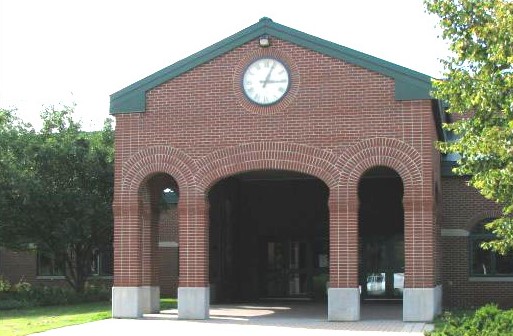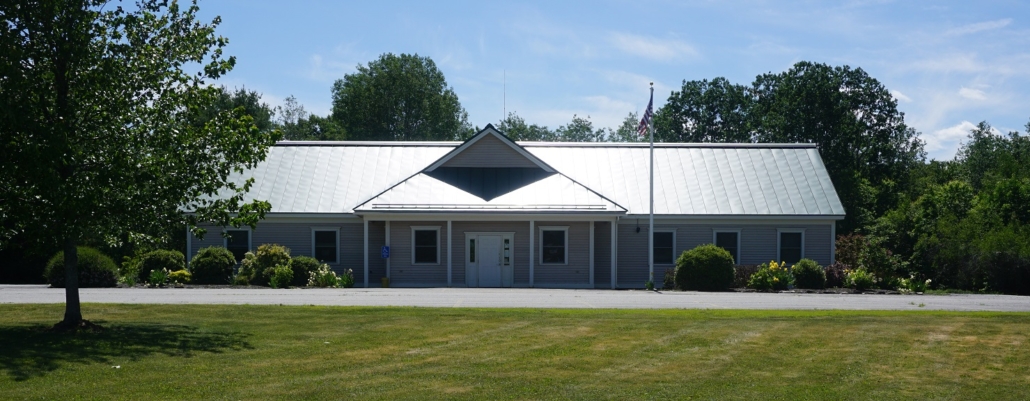Vassalboro select board, town manager work on warrant for annual town meeting
 by Mary Grow
by Mary Grow
At their April 13 meeting, Vassalboro selectboard members and Town Manager Aaron Miller worked on the warrant for the June 5 and June 13 annual town meeting.
Select board members concurred with the budget committee’s recommendation on one of the three appropriations articles on which the two boards disagreed after the April 11 budget committee meeting (see the April 20 issue of The Town Line, p. 3).
The proposed expenditures on which the boards disagreed were for road paving, public safety and a donation to the China Region Lakes Alliance. In each case, the budget committee majority recommended a smaller appropriation.
Select board members agreed on reducing Road Foreman Eugene Field’s paving request from $541,500 to $453,300, the budget committee’s recommended amount.
Field proposed paving seven short gravel roads in 2023-24. His reasons were that winter maintenance is easier on paved roads, and eliminating spring and summer repairs saves wear on Vassalboro’s elderly grader.
Budget committee members recommended voters decrease the requested appropriation by $88,200, eliminating the four gravel roads closest to the public works building (and therefore easiest for town equipment to access).
Select board members Chris French and Frederick “Rick” Denico, Jr., were doubtful about a reduction. French feared if hottop and related prices rise, Field might not be able to repave planned roads, never mind extend paving. Denico had talked with Field, repeated the road foreman’s reasons and added that he trusted Field to postpone gravel roads if he thinks next year is the wrong time.
Nonetheless, select board members unanimously agreed to advise voters to support the budget committee’s lower figure.
The issue with the public safety budget was Police Chief Mark Brown’s request to increase his hours from 15 to 20 a week. The select board’s proposed amount for his salary was $31,627, including five more hours a week, a 6.5 percent cost of living increase and a 2 percent step increase (as prescribed in the town’s salary schedule).
The budget committee majority’s recommendation was $22,371, intended to leave the weekly hours at 15.
The main reason Brown wanted an increase, select board chairman Barbara Redmond said, was because he works more than 15 hours a week. She cited one monthly report showing he worked 69 hours in four weeks.
During the boards’ discussions, people suggested two reasons for the overtime: Brown is doing more varied activities, assisting the codes officer and the public works crew and using his local knowledge for community service tasks; and once he starts helping at an incident, he can’t walk away just because he’s reached his time limit.
Select board members voted 2-1, with Redmond dissenting, to recommend voters approve the original select board figure that includes 20 hours a week. Brown’s salary is part of a total public safety budget, including the animal control officer, that selectmen recommend at $102, 128.
For the China Region Lakes Alliance, the organization requested $13,500, a $2,000 increase over the current year; the select board supported the request; and the budget committee majority recommended $7,500.
French pointed out that at the June 2022 town meeting, voters rejected the $9,000 recommended by the budget committee and the select board and approved $11,500. The select board unanimously recommended $13,500 for the CRLA in 2023-24.
Miller’s draft town meeting warrant is based on the 2022 warrant. He talked about articles he will delete, like the one funding property clean-up of the former church lot in North Vassalboro, and those he advises adding, like authorizing the town to accept tax pre-payments.
The manager plans to have a warrant ready for review at the April 27 select board meeting. The town meeting will be in two parts, the open town meeting Monday evening, June 5, and secret ballot voting Tuesday, June 13.
The final item discussed at the April 13 meeting was whether the town should try to buy land, formerly owned by the late Paul Morneau, abutting the transfer station property. Board members made no decision.
The main purpose would be to expand the transfer station. Discussion of access and the suitability of the 42-acre property included information from Melissa Olson, who lives near and is familiar with the Morneau land.
Denico repeated arguments in favor of relocating the transfer station to a sturdier road with three-phase power available. Planning board and budget committee member Douglas Phillips suggested the town could buy the Morneau lot for recreation, like walking trails.
In other business April 13, board members unanimously awarded waste hauling bids to the low bidders, Casella Waste Systems for bulky waste and cardboard and Bolster’s Rubbish Removal for MSW (municipal solid waste, the stuff that goes into the hopper).
They accepted two requests Phillips presented from the planning board:
- They will appoint a second alternate planning board member — interested residents should contact the town office; and
- They will add questions proposed by the planning board to the survey to be mailed with the tax bills in August.
They renewed Natanis Golf Course’s liquor license, commenting that since owner Robert Browne retired from the selectboard the vote is 3-0, instead of 2-0-1.
They discussed inconclusively issues related to electronics, including board members’ email service and Miller’s proposal to upgrade the town office telephone system. As they talked, in the background the answering machine in the main office recorded an incoming call – an antique piece of machinery, they agreed.
The next regular Vassalboro select board meeting is scheduled for 6:30 p.m., Thursday, April 27, in the town office meeting room.
No contests on June 13 ballot
For the second year in a row Vassalboro voters will have no contests on the ballot at their June 13 elections.
Town Clerk Cathy Coyne said by the deadline for people to submit nomination papers to get their names on the ballot, David McCarthy, Jr., filed to succeed Barbara Redmond, who is retiring from the select board. Incumbents Erin “Libby” Loiko and Zachary Smith submitted signatures for re-election to the school board.
Vassalboro’s elections will be by written ballot Tuesday, June 13, with polls at the town office open from 8 a.m. to 8 p.m.
May 2 planning board meeting canceled
The May 2 Vassalboro planning board meeting has been canceled, because, codes officer Robert Geaghan, Jr., said, there were no applications to be reviewed. The next regular board meeting will be Tuesday evening, June 6.
Planning board seeks alternate member
The Vassalboro planning board seeks a second alternate member, to be appointed by the select board in April or May. Interested residents should contact the town office.
Alternate members are expected to attend board meetings (normally held the first Tuesday of each month) and to participate in discussions. An alternate member votes only in the place of an absent regular member.







